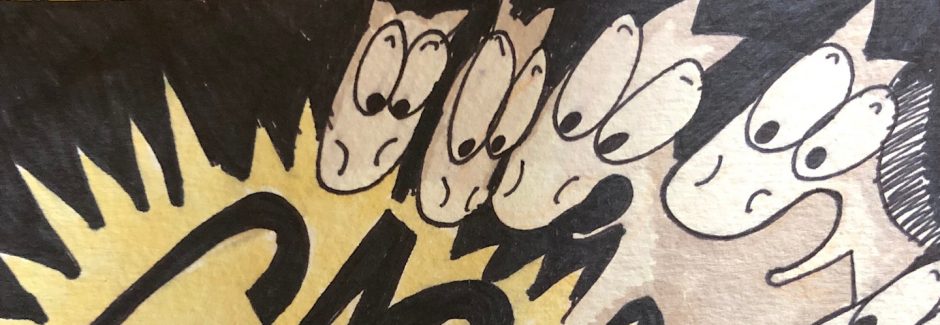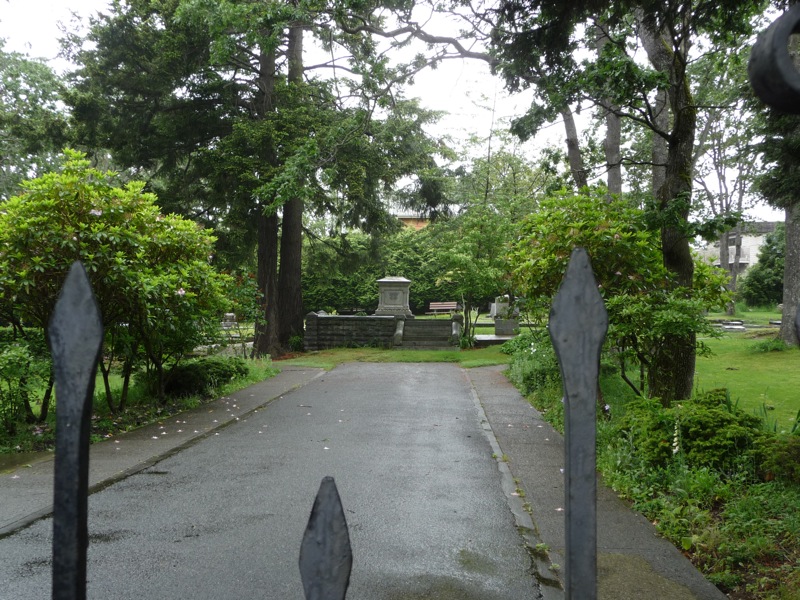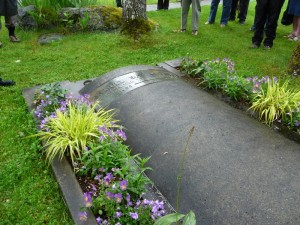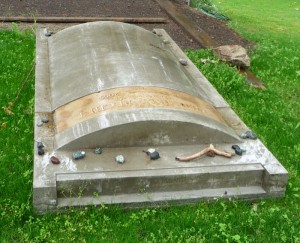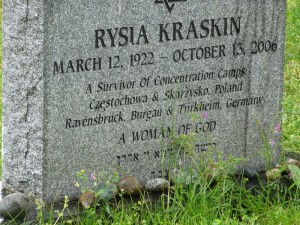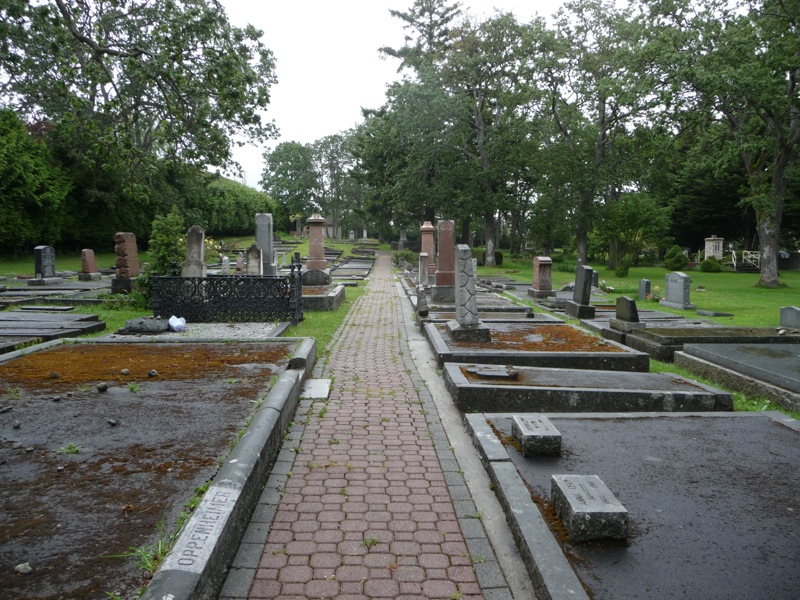Tucked away just off Hillside where Fern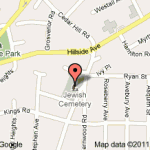 Hill Road merges into Cedar Hill Road is one of those places of tranquility every urban environment desperately needs. This is the first Jewish Cemetery – Bays Ha Chayim – in western Canada and still in active (so to speak) use today The land was purchased in 1859, consecrated in 1860, the first interment took place in 1861.
Hill Road merges into Cedar Hill Road is one of those places of tranquility every urban environment desperately needs. This is the first Jewish Cemetery – Bays Ha Chayim – in western Canada and still in active (so to speak) use today The land was purchased in 1859, consecrated in 1860, the first interment took place in 1861.
While my dear husband is trotting the globe, saving the world from inclement weather and rogue waves – currently he is recording these adventures on his see[sic] blog – I tend to wander a little closer to home.
The Old Cemeteries society of Victoria holds weekly tours of the cemeteries in the area. They focus on aspects of provincial history and the people who shaped it, most of whom currently repose in Ross Bay Cemetery. Occasionally, however, they venture further afield to other burial grounds like the Chinese cemetery and, in this tour, the Jewish cemetery.
The name, Hays Ha Chayim, spelled in english in various ways, is the traditional designation for a cemetery. House of the Living reflects the idea that life does not end when the body goes into the earth. As long as we go to visit, to remember, to have contact with them, these people are alive.
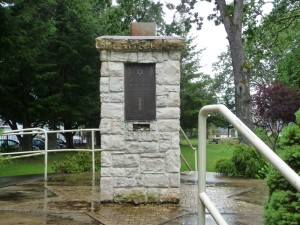 Just inside the gate is the Holocaust memorial to the Jewish Martyrs of the concentration camps of WWII.
Just inside the gate is the Holocaust memorial to the Jewish Martyrs of the concentration camps of WWII.
The design echoes the chimneys of the crematoria used in the camps. The idea of a person reduced to ashes is abhorrent to orthodox Jewish teaching; this physical commemoration is a way to triumph over that final indignity. Their spirits continue to live through this connection to us.
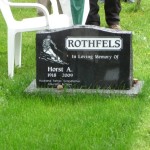 There is a principle in Jewish teaching that all are equal in death. This leads to a tendency away from elaborate, ostentatious mausoleums and huge granite structures. Still, it is possible to have monuments that can give us an idea of the person and what they enjoyed.
There is a principle in Jewish teaching that all are equal in death. This leads to a tendency away from elaborate, ostentatious mausoleums and huge granite structures. Still, it is possible to have monuments that can give us an idea of the person and what they enjoyed.
Flowers are not part of the Jewish funeral tradition but in this instance a family shows their continuing devotion and the enjoyment they find spending time here.
The tradition of leaving a stone when visiting a grave is a sign of respect. The gesture says someone stopped by to visit, to remember; it isn’t even necessary to
have known the person to stop a moment, read the name and let it be known this person is not forgotten. Some leave stones, some leave tokens of familiarity and even notes. The gesture originates from the story of Jacob’s burial of his beloved Rachel on the road to Bethlehem: each of the sons of Jacob took a stone and placed it on her grave. Visiting and tending a grave is considered a special mitzvah because the kindness is done without any expectation of repayment.
It is a gesture adopted by many people – I’m not Jewish but frequently leave a stone on the headstone of a grave where I have spent a few minutes visiting, wondering who is there and what was the world like that they lived in.
Here are a few more images from the afternoon spent in Bays Ha Chayim on the Old Cemeteries Society of Victoria tour last spring. But do not wait until the next official tour is offered to visit, it is well worth spending an hour or two here visiting anytime.
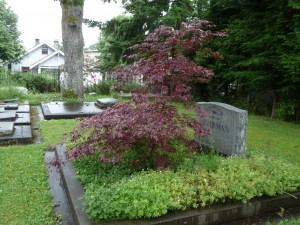
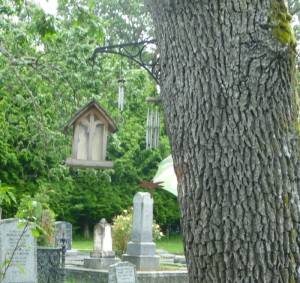
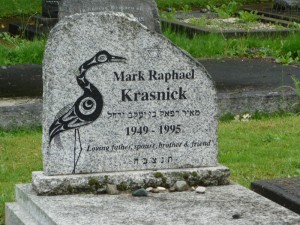 Mark Krasnick was instrumental in establishing self-government agreements for Aboriginal First Nations in Canada.
Mark Krasnick was instrumental in establishing self-government agreements for Aboriginal First Nations in Canada.
Special thanks to Rabbi Paula Winnig of Torah Threads for taking time out from her breathtakingly busy schedule to vet the information in this post. Any mistakes that persist are proof of my ignorance and petulance in the face of true (and kind) authority.
